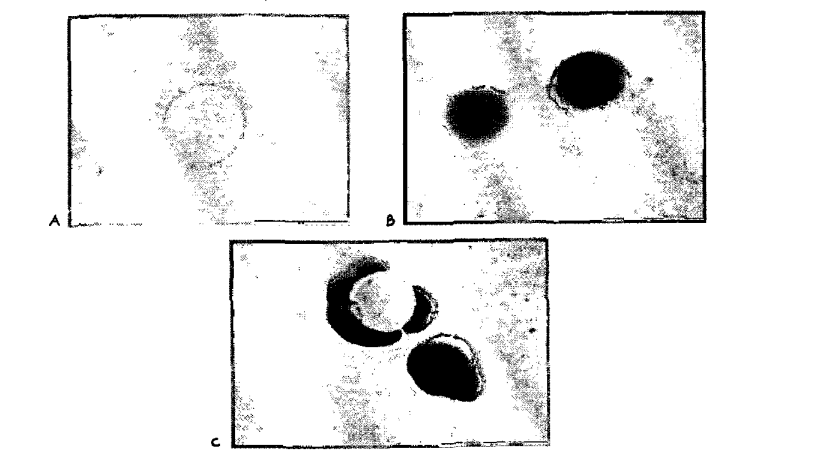The technology involves a nanohybrid drug delivery system combining lipid nanovesicles and polymeric nanoparticles for simultaneous delivery of hydrophilic and hydrophobic anti-cancer agents. The system shows high encapsulation efficiency, enhanced bioavailability, sustained release, and superior aerosol delivery for targeted lung cancer treatment.
Conventional chemotherapy often leads to poor efficacy and severe side effects due to non-specific distribution and rapid clearance of drugs. Combination therapy improves outcomes but delivery challenges persist-especially co-encapsulation and targeted delivery of hydrophilic and hydrophobic agents.
- Dual Drug Encapsulation: The nanohybrid system is capable of simultaneously delivering both hydrophobic and hydrophilic drugs, such as Paclitaxel and Dopamine, within a single delivery platform.
- Two-Compartment System: The system is designed with two distinct compartments, where lipid nanovesicles encapsulate lipophilic (hydrophobic) drugs, and polymeric nanoparticles carry hydrophilic agents.
- Biocompatibility and Biodegradability: The formulation utilizes biocompatible and biodegradable materials, including alginate and chitosan polymers, along with cholesterol-free phospholipid vesicles, ensuring safety for therapeutic use.
- Aerosol-Suitable Delivery: The formulation retains its surfactant activity even after drug loading and demonstrates excellent suitability for aerosol delivery, maintaining over 97% airway patency.
- Efficient Lung Deposition: In vitro deposition studies using a twin impinger test indicate high deposition in stage II, demonstrating efficient delivery to the alveolar region of the lungs.
- High Drug Encapsulation Efficiency: The system achieves high encapsulation efficiencies, with 85.4% for the hydrophobic drug Paclitaxel and 41.6% for the hydrophilic drug Dopamine.
- Sustained Drug Release: The formulation provides controlled and sustained release of the encapsulated drugs, with Paclitaxel releasing over a period of 72 hours and Dopamine exhibiting an initial burst followed by sustained release.
- Enhanced Cellular Uptake: Cellular uptake studies confirm that the formulation is internalized through an ATP-dependent mechanism and predominantly follows a clathrin-mediated endocytic pathway.
The prototype comprises DPPC:DOPE liposomes (for Paclitaxel) and alginate nanoparticles (for Dopamine), covalently linked to form nanohybrids. Fabrication has been validated with drug loading, FTIR, contact angle, TEM, and DLS studies.
The technology has been demonstrated through hypothesis testing in both lab settings.
4
This nanohybrid system can significantly improve cancer therapy by minimizing systemic toxicity, enhancing lung-specific targeting, and increasing patient compliance, especially for metastatic lung cancers.
- Cancer Therapeutics: Enables targeted and effective delivery of anti-cancer drugs, reducing side effects and improving treatment outcomes
- Pulmonary Drug Delivery: Designed for aerosol administration, the formulation ensures direct delivery to the lungs for localized treatment
- Combination Therapy Platforms: Supports the co-delivery of multiple drugs, allowing synergistic action against cancer through different pathways
- Inhalation-Based Nanomedicine: The aerosol-compatible nanohybrid system facilitates non-invasive drug administration via the respiratory route
- Personalized Healthcare: Can be tailored for patient-specific drug combinations and dosages, enhancing therapeutic precision
Geography of IP
Type of IP
957/MUM/2013
416905

